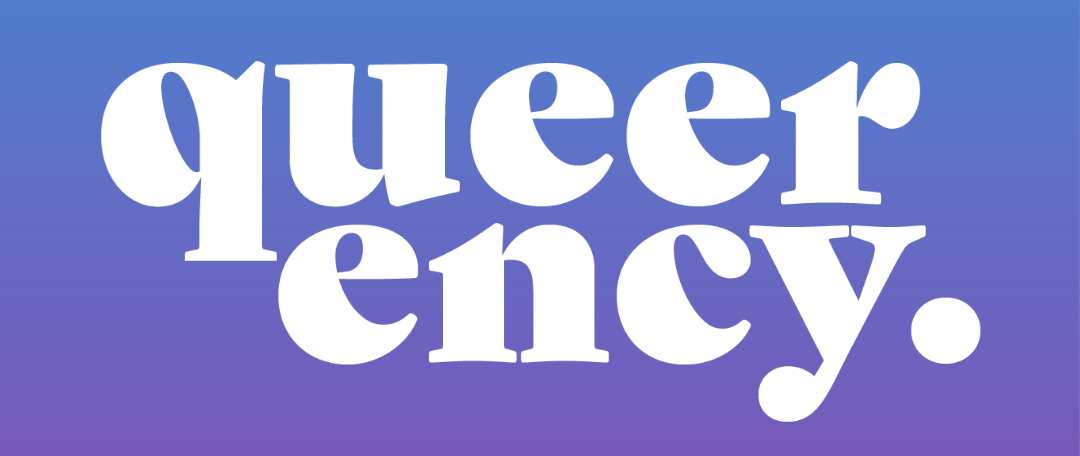Every year, as October rolls in, queer folks everywhere start prepping for the biggest celebration of the season — and no, it’s not Thanksgiving or even New Year’s Eve. For decades, Halloween has been affectionately dubbed “Gay Christmas” — a time when LGBTQ people unleash creativity, self-expression, and unapologetic joy.
But how did a holiday once rooted in superstition and scares become one of the most beloved days on the queer calendar? The answer lies in the deep overlap between identity, imagination, and liberation. Halloween isn’t just about costumes and candy; it’s about visibility, freedom, and chosen family.
1. A Night for Reinvention
At its core, Halloween has always been about transformation — putting on a costume, becoming someone (or something) else, and breaking the rules of everyday life. For queer people, that concept resonates on a deeper level.
Long before mainstream acceptance, Halloween offered a rare chance to bend or blur gender norms in public without fear of immediate backlash. In the mid-20th century, when queer expression was criminalized or socially taboo, costume parties allowed people to experiment with identity in ways they couldn’t the rest of the year.
Drag queens, trans folks, and queer partygoers could safely play with presentation and performance. For one night, the boundaries of gender and sexuality loosened, and authenticity became a kind of rebellion wrapped in glitter and laughter.
2. From the Closet to the Street
By the 1970s, as LGBTQ visibility began to rise, Halloween became a public celebration of queer identity. Cities like San Francisco, New York, and New Orleans turned October 31 into something spectacular.
The Castro District in San Francisco became legendary for its Halloween street parties, drawing thousands of revelers from around the world. Drag performers, leather enthusiasts, and costumed locals filled the streets in dazzling displays of creativity and defiance. Similar scenes emerged in Greenwich Village, where Halloween parades blurred the line between protest and party.
These events weren’t just about fun — they were acts of resistance. When queer existence was still widely stigmatized, showing up publicly, joyfully, and extravagantly was revolutionary.
3. The Rise of Drag and Camp Culture
Halloween’s queer legacy also ties closely to drag and camp — two art forms rooted in LGBTQ history. Drag, with its celebration of transformation and theatrical exaggeration, fits Halloween’s spirit perfectly. Camp, which finds beauty in the outrageous and the over-the-top, thrives in the same world of fantasy and performance.
By the 1980s and 1990s, as drag queens became cultural icons in nightlife scenes across the country, Halloween parties became stages for their most creative work. Costumes weren’t just outfits; they were statements.
From The Rocky Horror Picture Show screenings to drag ball competitions, Halloween became a night where queer imagination reigned supreme — and where the line between art and identity blurred beautifully.
4. A Celebration of Chosen Family
For many LGBTQ people, traditional holidays can feel complicated. Family gatherings aren’t always accepting, and seasonal events often come with expectations that exclude queer experiences. Halloween, by contrast, offers a sense of belonging on our own terms.
Chosen family — the close friends and community members who become our support systems — often gather for Halloween parties, costume contests, or movie marathons that feel as meaningful as any family tradition.
It’s a time to be seen, celebrated, and surrounded by people who affirm you. Whether it’s hosting a queer horror marathon, attending a local drag show, or dancing in a costume that finally feels true to who you are, Halloween provides a collective space for joy and authenticity.
5. Mainstream Meets Queer
As LGBTQ culture gained visibility, many of Halloween’s most iconic celebrations were shaped by queer communities. Today’s massive city parades, elaborate costume trends, and camp-inspired pop culture moments owe much to decades of queer creativity.
From the influence of RuPaul’s Drag Race to queer designers shaping costume fashion, Halloween’s aesthetics — glamour, irony, reinvention — reflect queer artistry at its best. Even mainstream celebrations now carry echoes of queer liberation: the idea that it’s okay, even necessary, to express yourself boldly.
6. Joy as Resistance
Underneath the glitter and theatrics, the phrase “Gay Christmas” carries power. It’s a reminder that joy itself can be a form of resistance.
At a time when LGBTQ rights continue to be challenged, Halloween remains a space where queer people gather publicly, celebrate visibility, and reclaim the right to exist loudly and creatively. It’s not just escapism — it’s an annual ritual of self-love and community care.
Halloween became “Gay Christmas” because it gives queer people what every holiday should: freedom, acceptance, and belonging. It’s a night to embrace everything that makes us different — and to remind the world that authenticity, in all its colors and costumes, is something worth celebrating.
So this year, whether you’re in a wig, a cape, or something entirely unclassifiable, remember: this holiday has always been ours.




